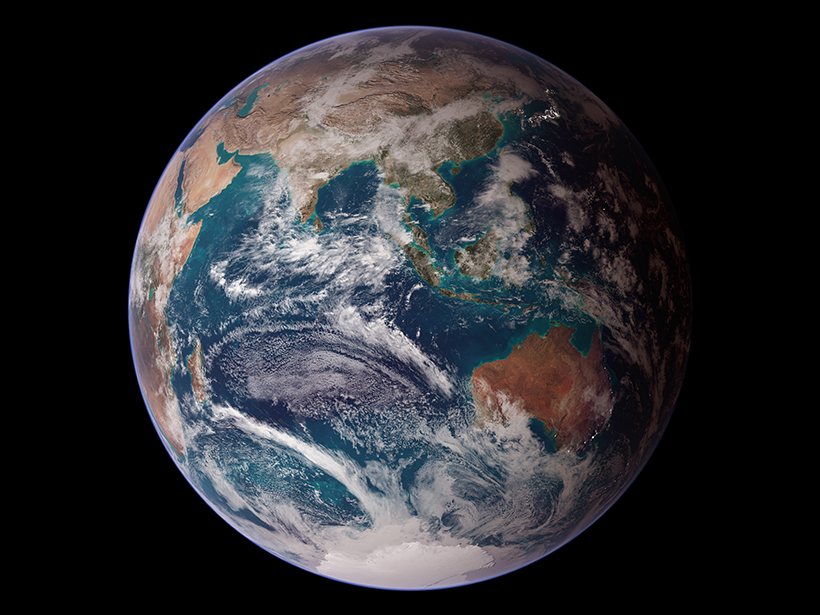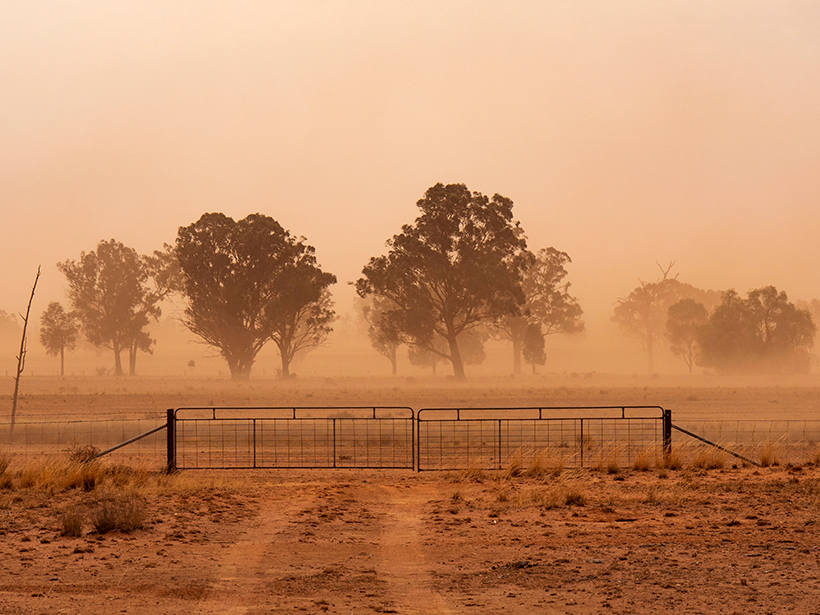La respuesta global de la pandemia en curso puede enseñarnos cómo deberíamos y no deberíamos responder la crisis climática. Y lo más importante aún, demuestra que podemos hacer algo.
public health
Suicide Rates May Rise After Natural Disasters
Rates of suicide increased most dramatically in the second year after a disaster, after many postdisaster mental health assistance programs expire.
Cómo convertir nuestras ciudades en Treetopias
Estamos y seguiremos plantando más árboles callejeros, arboledas urbanas y cúmulos informales de árboles en nuestros parques y espacios verdes. La Treetopia ha comenzado.
Wildfires May Exacerbate Asthma in the Western United States
A new study predicts that by the 2050s, wildfire smoke will cause the region to spend $850 million more every year to treat asthma.
Long-Term Drought Harms Mental Health in Rural Communities
In rural and remote communities in Australia, psychological distress worsened during the first few years of a prolonged drought. Other signs of poor mental health persisted beyond that time.
Saving Lives by Predicting Dust Storms
In the southwestern United States, dust storms form suddenly, quickly reducing visibility to zero. A new warning system may allow motorists to avoid these deadly hazards.
Certain Rock Formations Can Lead to In-Home Radon Risks
Researchers in Kentucky have merged results from home test kits with the state’s geologic map to produce a map of indoor radon potential based on the geology underlying homes in the state.
Lyme Disease and the Dangers of the Forest Edge
Living near a forest edge may be an important risk factor for Lyme disease; these liminal spaces provide the perfect habitat for one of the black-legged tick’s favorite hosts.
Geociencias Comprometidas con la Justicia Racial. Ahora Tenemos Trabajo que Hacer
Quedarse callado es volverse cómplice de nuestra propia destrucción porque el racismo nos destruye a todos. Pero no quedarse callado implica más que hacer declaraciones. También está el silencio colectivo de no hacer nada. —No Time For Silence
Can Climate Preparedness Mitigate Emerging Pandemics?
Indonesians say being prepared for climate-related disasters helped blunt the impact of the coronavirus pandemic—and that lessons in resilience may mitigate the effects of climate crises in the future.










